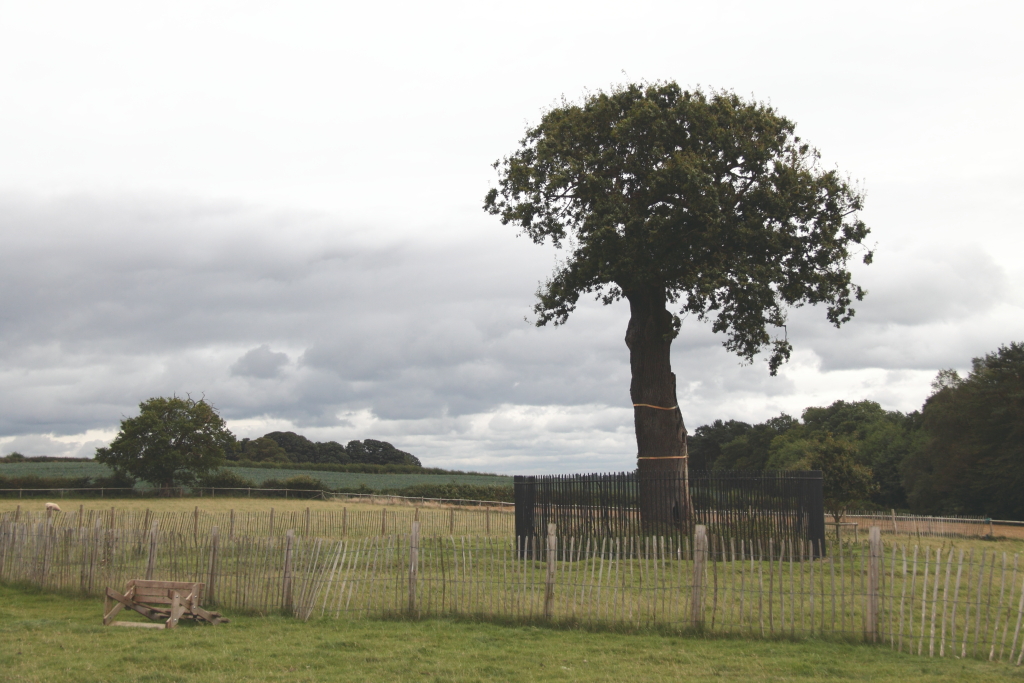In order to save his own life, Charles II, who would go on to become the king of England, climbed a tree in 1651 after the Battle of Worcester. The future monarch claims that he stayed in the branches of the oak tree while his enemies passed below. The hiding spot was later dubbed the Royal Oak and was commemorated on pieces of pottery and with a holiday, once the monarchy was restored. It even mapped the cosmos for a few years.
In 1676, astronomer Edmond Halley set up an observatory from on the volcanic island of Saint Helena in the South Atlantic Ocean. When he returned to England, his observations included a new constellation, Charles’s Oak. It was most likely a way for Halley to curry favor with Charles II. But the constellation did not make it into the heavens forever. Though there is an oak standing in the location Charles II hid, and many claim it is a descendant of the famed tree, the constellation was broken into a handful of smaller, more coherent constellations.
Thanks for reading InsideHook. Sign up for our daily newsletter and be in the know.


















